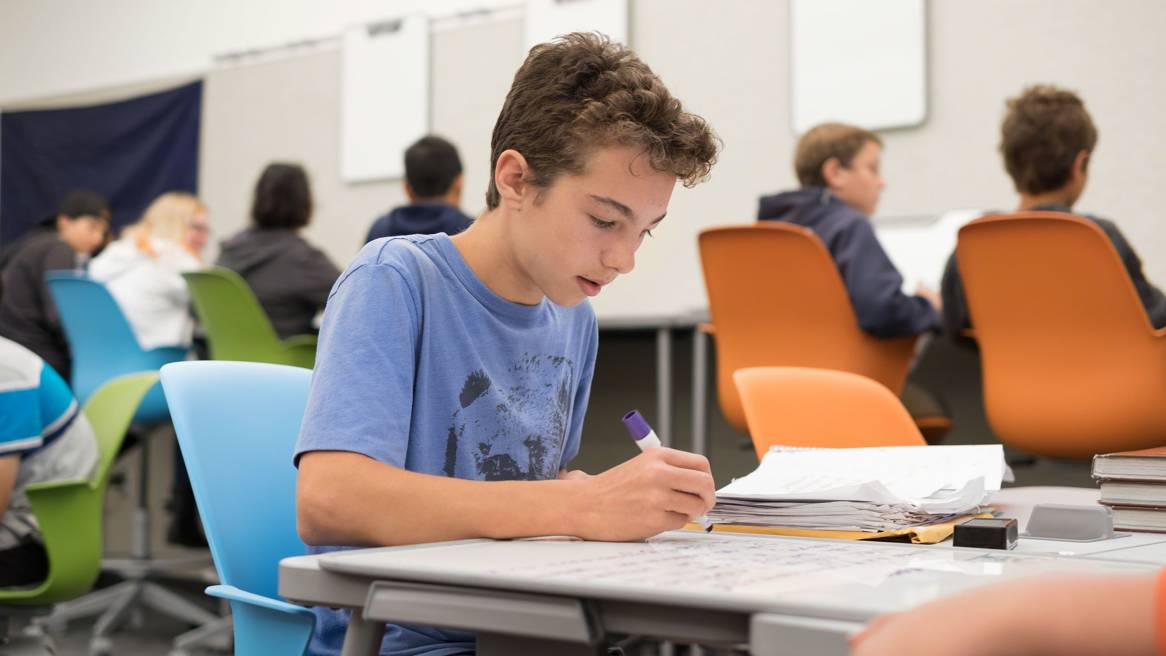Guide to Personalized Learning Experiences
Main Characteristics
It’s challenging to create a single definition of personalized learning experiences when the very essence of the concept lies in its unique expressions. Like every family’s favorite recipe for chocolate chip cookies, a personalized learning experience for one student, educator or school may be entirely different for another.
The U.S. Department of Education defines personalized learning as “an experience where the pace of learning and instructional approach are optimized for the needs of each student.” Whereas today, many educators might think of a common instructional approach and common set of content to meet learning objectives, in personalized learning environments those elements may vary in order to be meaningful to students’ areas of interest.
Just as no two personalized learning experiences are the same, the adoption of personalized learning approaches will differ from one school — even one classroom — to the next, as the culture, context and community of the school influence its execution.
However, there are three characteristics that all personalized learning experiences share.
Student-Led
The primary hallmark of a personalized learning experience is a different level of focus on the student, one that considers how their needs, goals and interests are discovered and enabled.
It means ensuring students have agency in their choices, and that they are the drivers in the learning process, not the educator. This may shift traditional relationships between students and teachers to be more collaborative.
Character + Community Development
Personalized learning experiences also focus on building character development and community engagement.
Developing skills like empathy and curiosity, as well as interacting with peers within the school community and the larger surrounding community, can better prepare students for a successful future.
Dynamic Use of Resources
Additionally, creating personalized learning experiences means reconsidering how schools, educators, and students plan and use their time, space and technology more as resources than structures.
Through diverse work spaces, more flexible blocks of time and technology resources, students can choose where and how to best use their time to complete tasks and achieve their learning objectives.
NEXT CHAPTER – Adopting Personalized Learning Experiences in Your Classroom or School
PREVIOUS CHAPTER – Introduction


